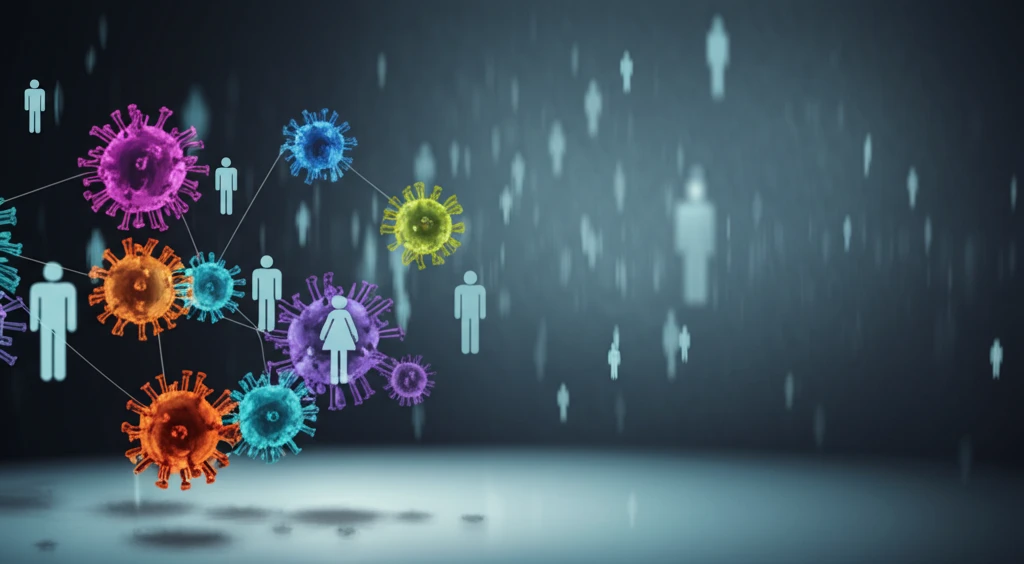
Is Your Social Circle Making You Sick? How Homophily Affects Disease Spread
"Uncover the surprising impact of social circles and vaccination choices on infection rates. Learn how homophily influences public health and what you can do about it."
We are social creatures, drawn to those who share our beliefs, habits, and backgrounds. This tendency, known as homophily, shapes our social networks and, as emerging research shows, can significantly influence our health, particularly the spread of infectious diseases. But is this innate desire for connection making us sick?
A recent study dives deep into the intricate relationship between homophily and infections, revealing how the composition of our social circles—especially in terms of immunization attitudes—affects both individual and community health. The findings challenge conventional wisdom, highlighting the nuanced ways in which our social connections can either protect us or expose us to greater risk.
Understanding these dynamics is more critical than ever, as communities grapple with persistent health challenges and the ever-present threat of new epidemics. Let's explore the key insights from this study, uncovering the surprising ways our social lives impact our well-being and what we can do to navigate this complex landscape.
Homophily and Infection: A Delicate Balance

At its core, the study examines how homophily affects the spread of a harmful state—such as an infectious disease—within a population divided into two groups with different immunization rates. It reveals that homophily's impact is far from straightforward, influencing both the steady state infection level (the long-term prevalence of the disease) and the cumulative number of infections generated by an outbreak.
- Steady State Infection Level: The long-term prevalence of the disease in the population.
- Cumulative Infection: The total number of infections generated by a deviation from the steady state, reflecting the impact of an outbreak.
- Endogenous Immunization Rates: Vaccination decisions influenced by factors within the groups themselves, such as peer pressure or perceived risk.
Navigating the Homophily Maze: Practical Implications
Understanding the complex relationship between homophily and infection is essential for crafting effective public health strategies. Recognizing that increased homophily can both help and hurt depending on numerous factors. Such as existing levels and vaccination rates is important.
